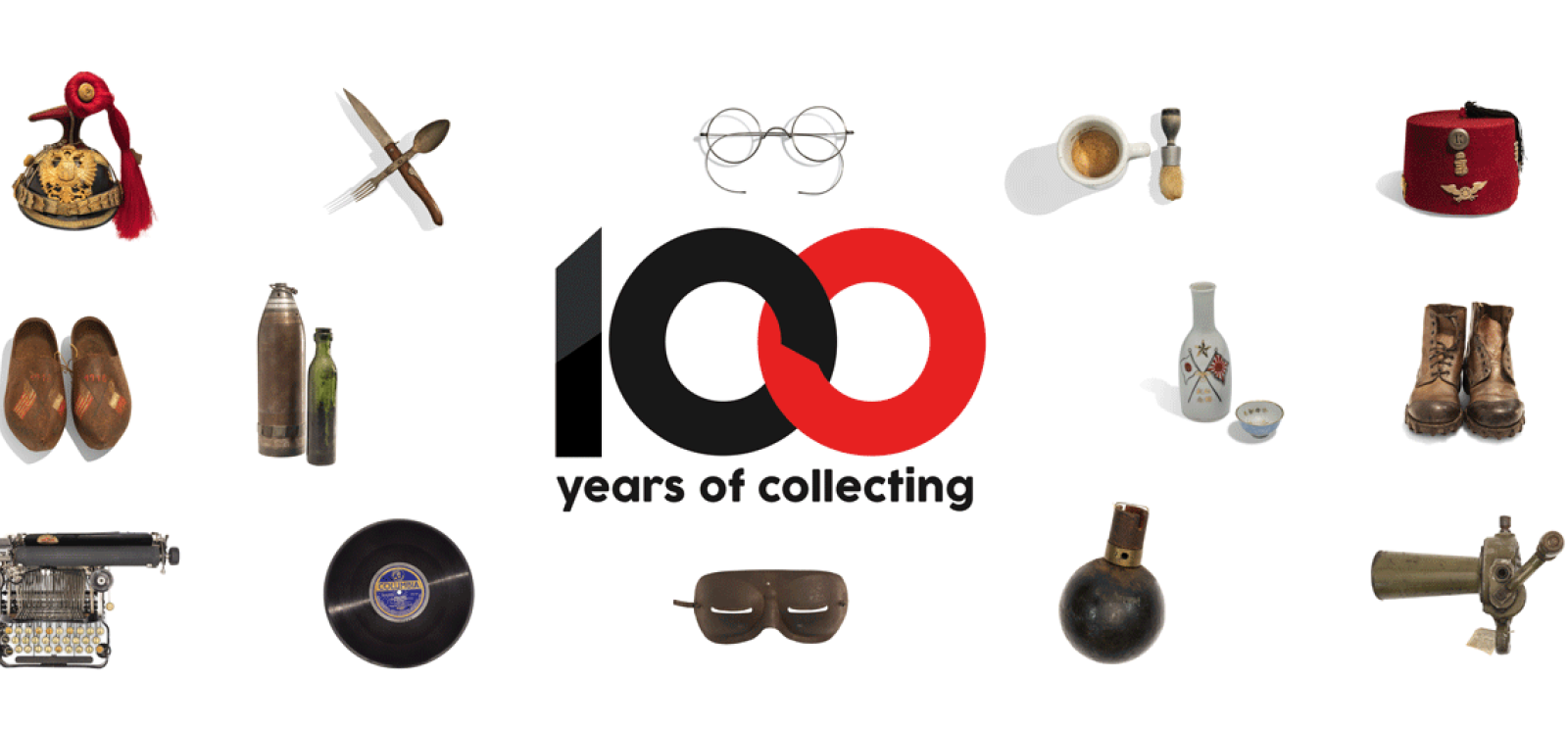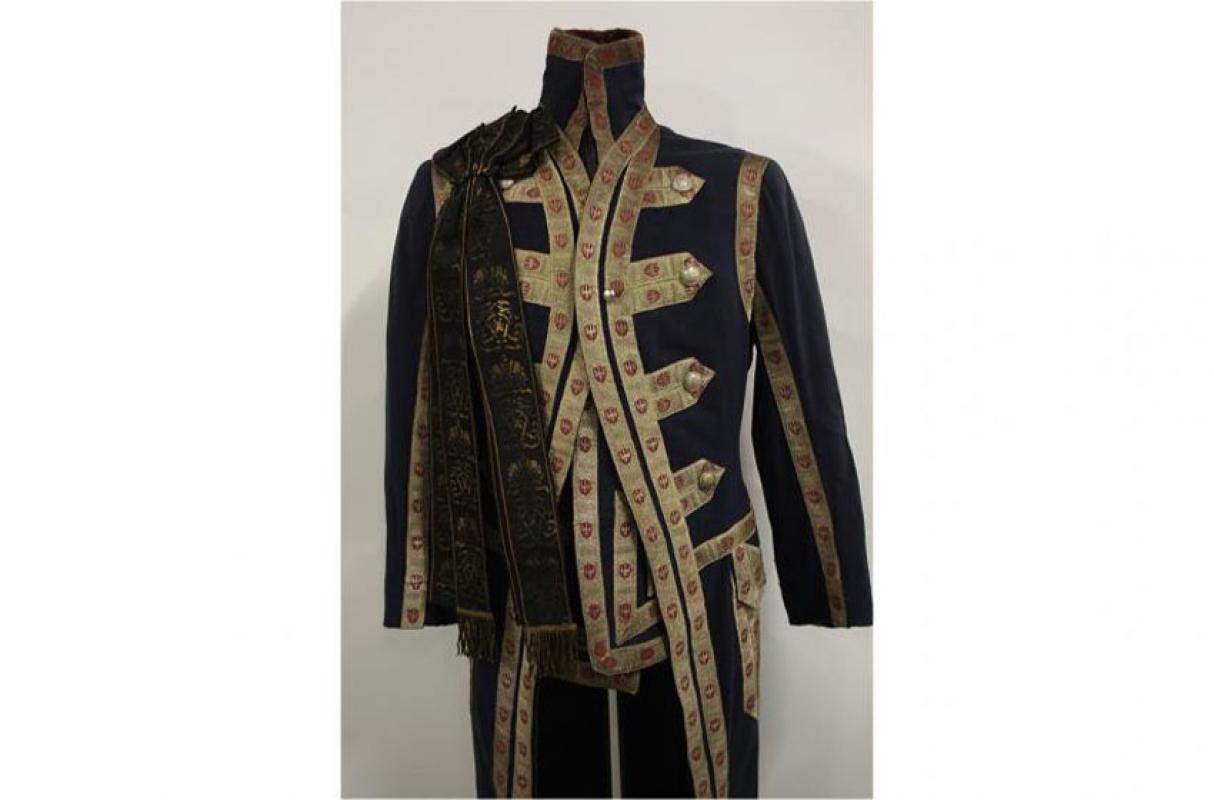
100 Years of Collecting
“Ultimately, a generous collection can be accumulated from the undoubtedly huge aggregate of interesting relics now in private ownership throughout the country… So one hundred years from now such letters, documents or objects will add to the value and interest of the collection.”
— Jay M. Lee, WWI artilleryman & Chairman of the Trophies Committee for the Museum, November 1925
How does a museum collection begin? Where do you start? How do you continue? How do you determine what should/shouldn’t become a part of a collection? Can a collection ever become complete?
That National WWI Museum and Memorial started amassing objects and documents from the First World War in 1920 and has continually addressed these questions ever since.
100 Years of Collecting provides a window to examine incredibly diverse objects and documents as well as the opportunity to see how this monumental collection – the most comprehensive in the world – came to fruition. The exhibition is presented in conjunction with 100 Years of Collecting – Art in Memory Hall.
The exhibition illustrates the tremendous foresight of the Museum and Memorial founders who made the early decision to collect on an international scale and obtain items from all participating nations in the world’s first truly global conflict. Nearly 20 countries/empires across the world are represented in the exhibition, including the Austro-Hungarian empire, Belgium, Canada, France, Germany, Japan, the Ottoman Empire, Romania, Russia, the United Kingdom and the U.S. Several nations – including Mexico, Spain and Sweden – are represented despite positions of neutrality during World War I due to having supplied items that were used at some point during the conflict.
The exhibition features an exhaustive number of objects and documents, both with respect to quantity and diversity of the items themselves. Highlights include a formal court frock coat and vest worn by Imperial Austrian Emperor Franz Joseph’s personal household staff and aides, 100+ year-old soldier-issued hardtack (hard bread) and a sign from 1942 indicating the Memorial would be closed due to potential threats of WWII-related sabotage. The exhibition also features the lectern used by U.S. President Calvin Coolidge at the Nov. 11, 1926 dedication of what eventually became the National WWI Museum and Memorial. Coolidge spoke before 150,000 people – the largest crowd a U.S. president had ever addressed.





